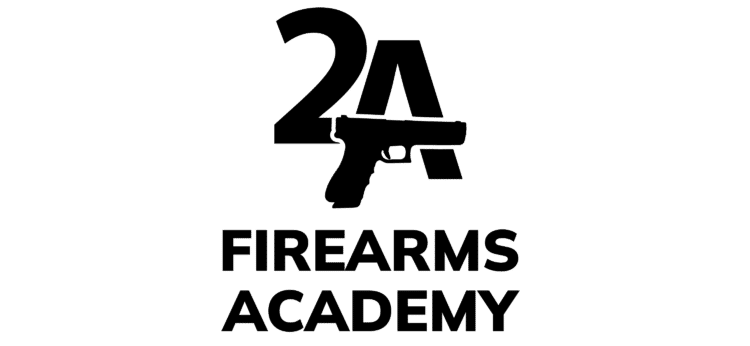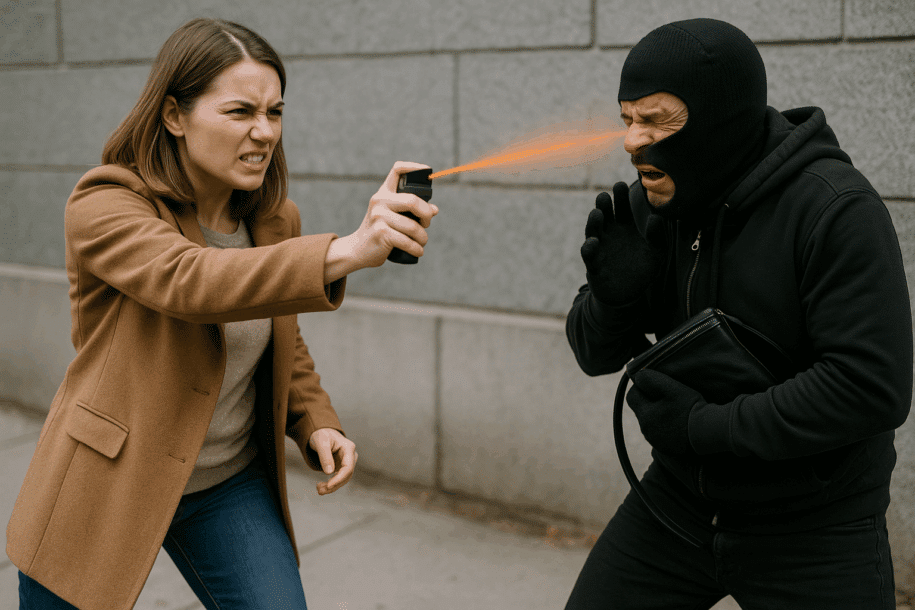Pepper Spray for Defense
For those who carry a firearm for personal protection, it’s easy to fall into the mindset that the gun is the only tool you’ll ever need. But real-world self-defense scenarios are complex—and the reality is that not every threat justifies deadly force. That’s why carrying a non-lethal self-defense tool, such as pepper spray, alongside your firearm is not just a good idea—it’s a responsible choice.
Every Threat Isn’t a Deadly One
According to federal crime statistics, roughly 80% of all assaults in the U.S. are classified as simple assaults. These are confrontations that do not involve a deadly threat. In those situations, deploying a firearm is not only excessive—it could have devastating legal consequences.
If all you carry is a firearm, you may be forced into a life-or-death decision when something less could’ve resolved the problem. If all you carry is a hammer, then you treat every problem like a nail.
This is why having a non-lethal option is vital: it allows you to respond proportionally to threats that don’t warrant lethal force.
Pepper Spray: More Than Just Irritation
Modern OC spray—especially those with high concentrations of major capsaicinoids—is incredibly effective. It doesn’t just cause discomfort; it triggers an overwhelming physical response. Mucous membranes swell, eyes slam shut involuntarily, and breathing becomes difficult. In most cases, OC spray stops an attack in its tracks, giving you precious time to escape and break contact.
In fact, high-quality OC sprays have an effectiveness rate of around 90% in real-world use. That kind of performance makes it one of the most underrated and underutilized tools in personal defense.
Not All Non-Lethal Tools Are Created Equal
Some people gravitate toward pepper ball launchers or other devices that resemble firearms but aren’t legally classified as such. While the intent behind these tools is understandable, they come with major downsides. Because they look and function like guns, they can easily be mistaken for real firearms by bystanders, law enforcement, or even the attacker.
That confusion can lead to unnecessary escalation, and in some cases, legal consequences. For a less-lethal tool to truly be effective, it should look and feel different than a firearm to eliminate that risk.
When You Can’t Carry a Gun
There are times and places where firearms are prohibited—courthouses, certain public buildings, airports, and even some entire states for non-residents. In these situations, a non-lethal tool may be your only legal means of protection.
But it’s not just about legality. Some individuals simply aren’t comfortable with the idea of taking a life, even in defense. Carrying a non-lethal tool can serve as a starting point in developing a self-protection mindset. And for those who do carry firearms regularly, adding a less-lethal option rounds out a more versatile and ethical self-defense strategy.
Training Is Non-Negotiable
Just like with a firearm, you must train with your less-lethal tools. Know how they function, how to deploy them quickly under stress, and what their limitations are. Pepper spray can blow back in your face, you might miss, or it might not affect someone as strongly as you expect. But with the right training, these risks can be minimized—and the tool can serve its purpose: giving you time and space to escape.
A Balanced, Thoughtful Approach
Carrying a firearm doesn’t automatically make you safe. And carrying pepper spray doesn’t make you invincible. What truly keeps you safe is situational awareness, sound judgment, and having the right tools for the job.
By adding a proven, non-lethal option like OC spray to your daily carry setup, you’re preparing for the wide spectrum of threats you may actually face. It’s not about replacing your firearm—it’s about giving yourself more options, more flexibility, and fewer regrets.
Because when the moment comes, and it’s not a gunfight…
You’ll be glad you had more than just a hammer.

